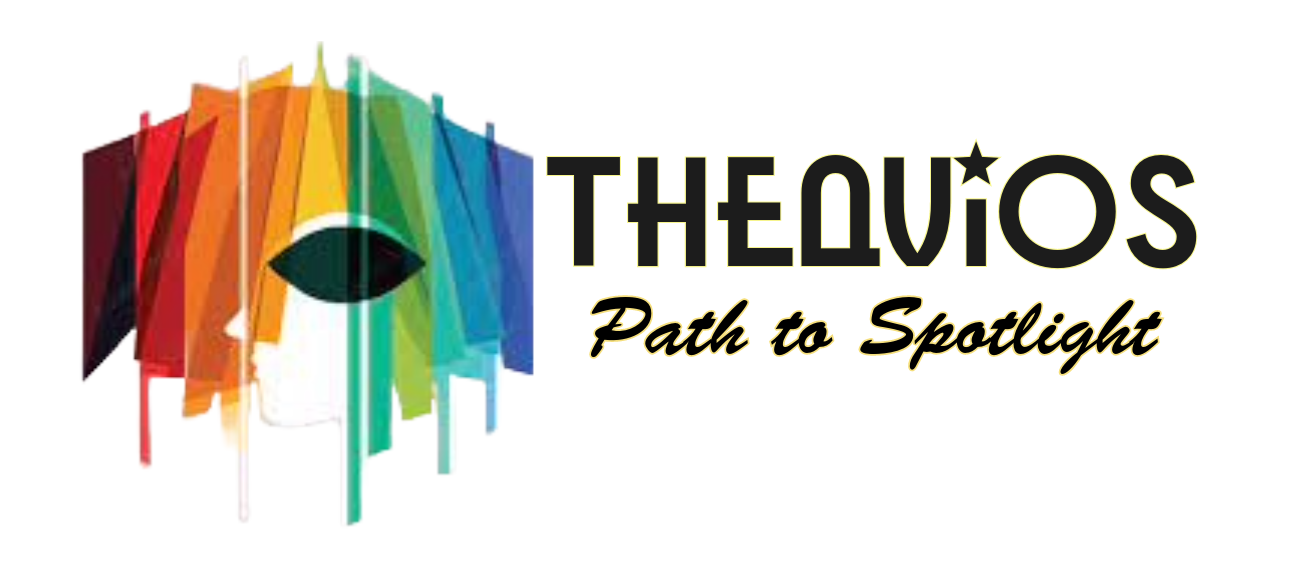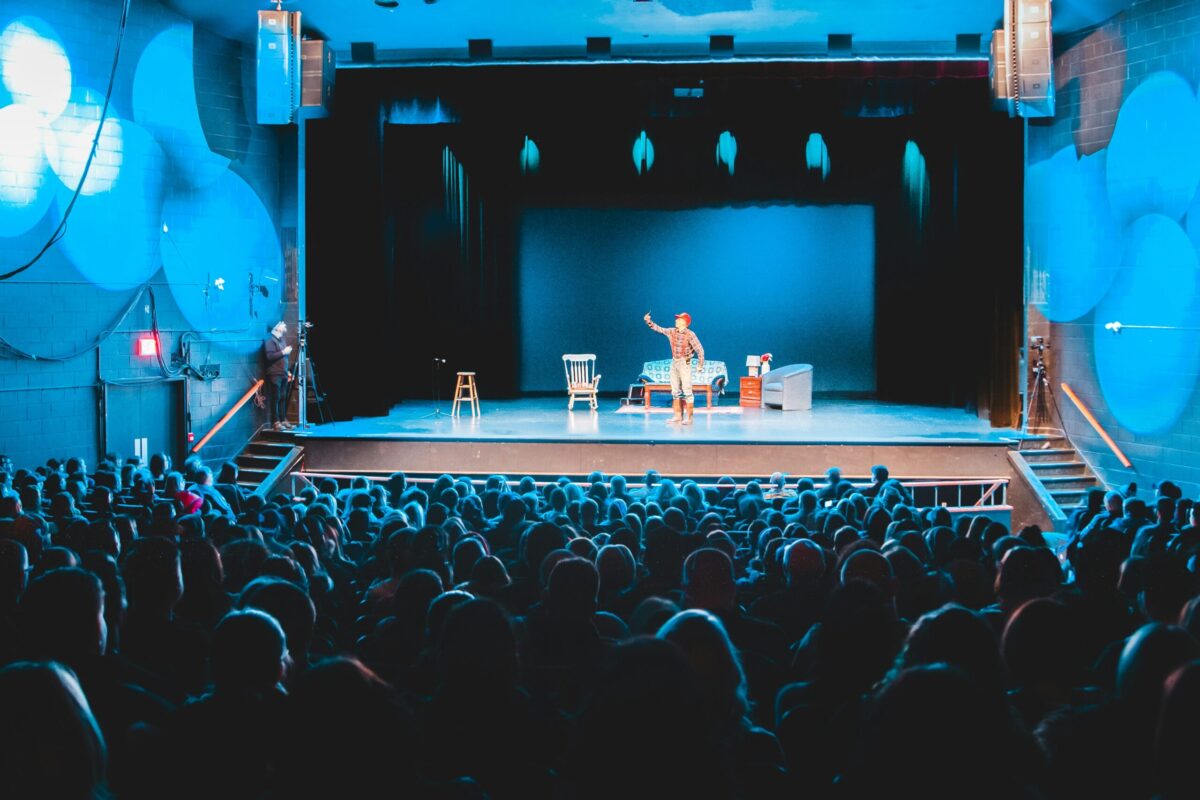


Theatre has long been considered a visual medium, relying heavily on sight to convey stories, emotions, and aesthetics.
However, blind and visually impaired artists are challenging this notion, bringing unique perspectives that enrich and transform the theatrical experience.
Their contributions are not just about inclusion; they’re about innovation and expanding the boundaries of performance art.
Embracing Multisensory Storytelling
Blind artists often engage with theatre through a heightened awareness of non-visual senses. This multisensory approach leads to performances that emphasize sound, touch, and spatial awareness. For instance, in dance, blindness can inspire choreographers to focus on the tactile and auditory elements of movement, creating pieces that resonate beyond the visual.
The Extant Theatre Company in the UK exemplifies this approach. As the only UK-based performing arts company run by and for visually impaired people, Extant integrates live audio description and innovative sound design into their productions, offering dynamic experiences for both visually impaired and sighted audiences.
Redefining Space and Interaction
Blind artists bring a unique understanding of space and interaction to the stage. Their performances often explore the relationship between movement and environment in ways that challenge traditional staging. For example, Canadian playwright Alex Bulmer’s work emphasizes the importance of “walking-together” as both a performative element and a mode of inquiry, inviting audiences to experience narratives through shared movement and sensory engagement.
Similarly, the Nalaga’at Theater Company in Israel, composed of deaf, blind, and deafblind actors, creates performances that rely on tactile communication and other non-visual methods, offering audiences a profound insight into alternative modes of expression.
Challenging Aesthetic Norms
The contributions of blind artists compel us to reconsider aesthetic standards in theatre. By prioritizing sensory diversity, these artists challenge the dominance of visual elements and encourage a more inclusive understanding of beauty and expression. This shift not only benefits audiences with disabilities but also enriches the artistic landscape as a whole.
TheaVios supports this evolution by promoting inclusive tools and training for theatre professionals, ensuring that performances are accessible and resonant for all participants. By embracing the perspectives of blind and visually impaired artists, TheaVios fosters a theatre culture that values diversity in sensory experiences.
The Future of Inclusive Theatre
As blind artists continue to redefine performance aesthetics, the theatre world is poised for a transformation that embraces multisensory storytelling and inclusivity. This evolution challenges audiences and creators alike to expand their perceptions and engage with art in new, profound ways.
Discover how TheaVios is championing inclusive theatre practices:
📩 Contact us: info@theavios.eu
📲 Follow and share:
#TheaViosProject #InclusiveTheatre #BlindArtists #MultisensoryPerformance #AccessibleArts #TheatreInnovation